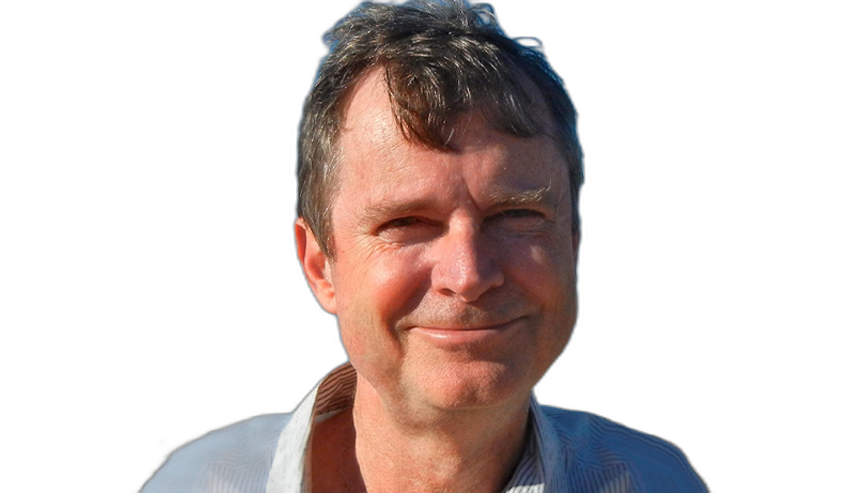The new American joint warfighting concept intends to optimize the synergy of effects that accrues from operating in an integrated fashion across all domains and the electromagnetic spectrum. To be successful, a new battle command architecture and command and control (C2) paradigm that enables automatic linking and the transfer of data securely, reliably, and seamlessly is essential.















